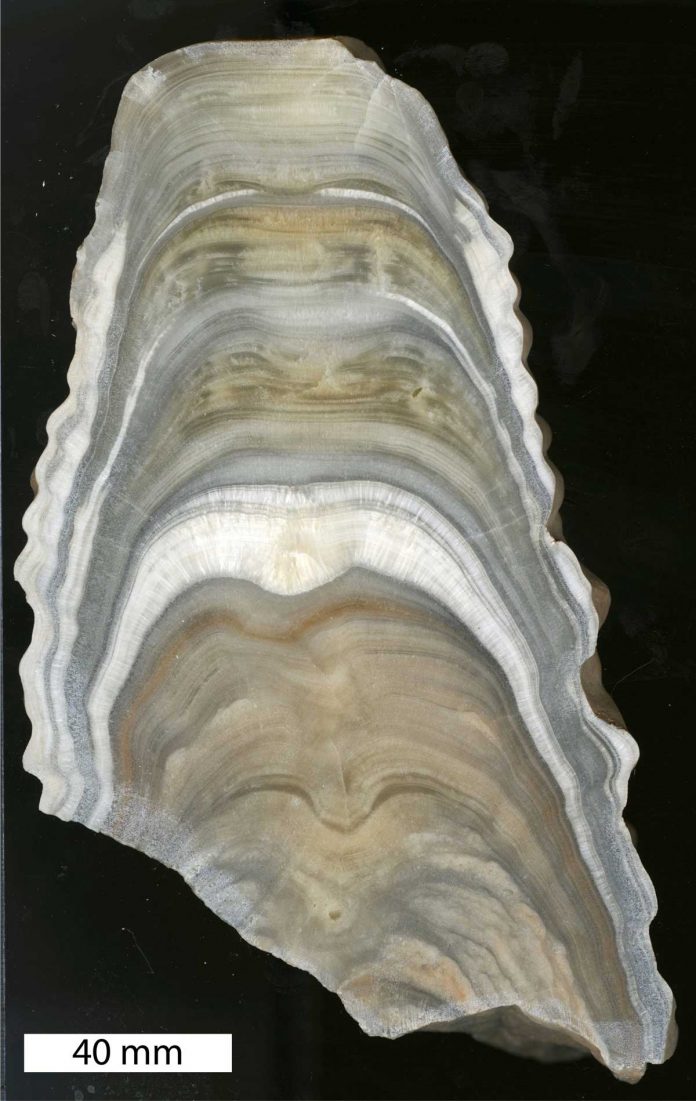As the ice sheets in Greenland are melting in an alarming rate, there is a large supply of freshwater in the North Atlantic. Researchers say that this will impact climate worldwide. Densely populated tropical forests that are dependent on monsoon rains for their freshwater supply are at risk. For this reason, the researchers are now studying the effect of Indian summer monsoon’s reaction to the meltwater in the North Atlantic Ocean at the end of the penultimate cold period. This will help them to understand the global consequences of climate change.
130,000 years ago, Earth has changed from an ice age to a warm age. At this time, Greenlandic meltwater had a massive impact on the North Atlantic Ocean. Scientists thought that it will be a great time to study how climate effected the gulf stream.
To study this, the researchers have used stalagmites from Jiangjun cave of southwest China, as this region was greatly affected by the Indian summer monsoon, 130,000 years ago.
Because of the invention of new methods, scientists were able to separately measure and reconstruct temperature variations during the Indian summer monsoon in response to meltwater events.
The researchers found that meltwater event has shortened the Indian monsoon season in SW China.
The microscopic amounts of water that was trapped inside the stalagmites reveals that large amounts of meltwater drastically reduced the intensity of the Indian summer monsoon rains in southwest China.

